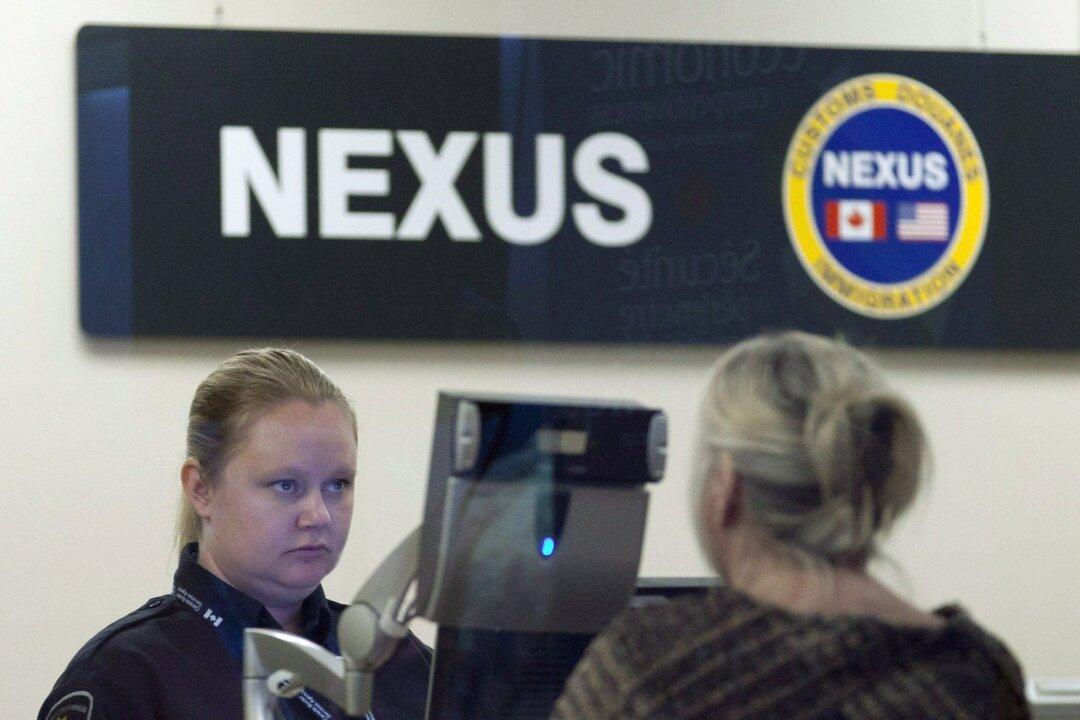Criminals have found ways to bypass Canada’s multimillion-dollar electronic visa system intended to maintain national security and public safety, according to a federal report released by Immigration, Refugees and Citizenship Canada (IRCC) in early February.
“Those with malicious intent, including associations with fraud and human trafficking/smuggling movements, have found workarounds,” according to the report titled “Evaluation of the Electronic Travel Authorization (eTA) Program” and dated August 2022.





